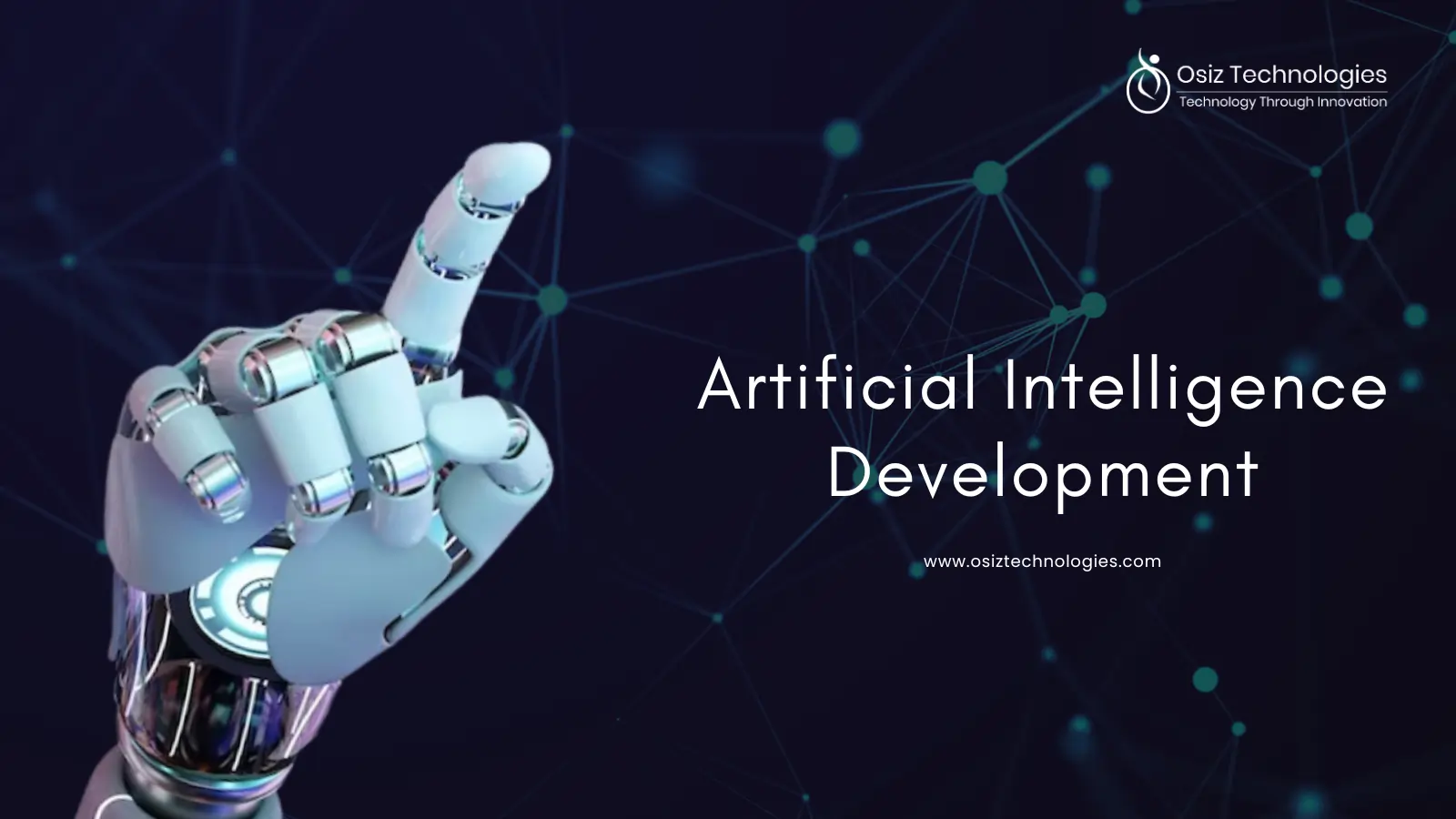Transformers in Generative AI
Osiz is a trustworthy Generative AI development company with 15+ years of experience in providing high-end AI solutions. Among them are the transformers, one of the categories that have changed the course of NLP in the last decade. This Transformer model broke out of the norm, moving away from traditional RNNs by relying on a self-attention mechanism that allowed it to process input data all at once instead of processing it sequentially. That makes it faster and high-performing, especially on large datasets.
Working on Generative AI
Essentially, all generative AI models learn to create new content in a self-similarity way with the data they were trained on. They learn the pattern, structure, and features from large amounts of data, which further lets them generate text, image, or audio outputs. This task can currently be done with various kinds of generative models that most include Transformer, GAN, and VAE.
Generative Adversarial Networks (GANs)
There are two neural networks at work in GANs: a generator and a discriminator. It makes use of a generator to create new data samples, and then a discriminator is designed that evaluates these with real data. With time, due to constant feeding and learning, the generator improves its output, trying to generate samples that cannot be classified by real data. Applications of this model have been very popular in image generation and style transfer, even for creating realistic deepfakes.
Variational Autoencoders (VAEs)
Another important generative model is the VAE, in which data is encoded in a reduced dimensionality latent space and then decoded back. The difference from classical auto-encoders is the introduction of variability in the encoding step; it then allows the generation of new data through random sampling of the latent space. VAEs are very good at generating new images and other types of complex data.
How do GANs and VAEs Differ from Transformers?
While GANs and VAEs are very powerful techniques to work with for any kind of generative task, Transformers shine on handling long-range dependencies in data, particularly sequential data like text. Unlike GANs, which are focused on adversarial training, and VAEs, which are focused on latent space encoding, transformers use self-attention mechanisms that enable them to model relationships within the whole dataset at one time. This allows the creation of more coherent and contextually relevant content.
Working Nature of Transformer Architecture
Some of the major constituents of the Transformer model are as follows:
- Input: The model receives raw data in the form of text or images.
- Embeddings: The input data is then converted into a continuous vector known as an embedding, which is processed by the model.
- Encoder: The encoder has many layers, making use of self-attention and feed-forward neural networks that enable learning contextual relations within the data.
- Decoder: This, too, has multiple layers, parallel to what is done for the encoder. It will generate an output sequence by predicting the next element given the previous input.
- Output: The output would be another sequence, sentence, or image, which the decoder generates.
Why Choose Osiz for Generative AI Development?
Transformers have significantly advanced generative AI, offering unparalleled capabilities in creating meaningful and coherent content across various domains. Osiz has become the most notable generative AI development company that provides dynamic AI solutions for many enterprises. For instance, we provide the working of the influencing model in relation to other generative models such as GANs and VAEs to aid businesses in capitalizing on Osiz technologies in terms of innovation and driving growth. At Osiz, we wield artificial intelligence toward providing state-of-the-art that is, solutions powerful enough to let our clients keep ahead in a perpetually evolving digital world.
Listen To The Article
Recent Blogs

X-Mas 30%
Offer











